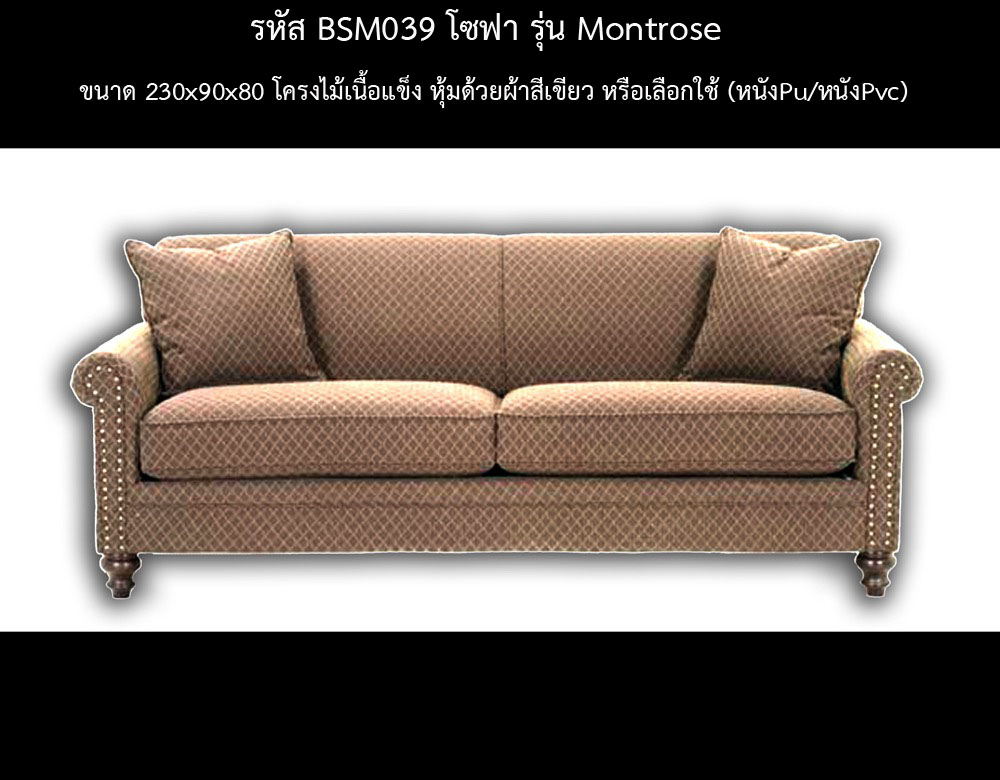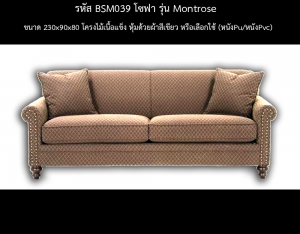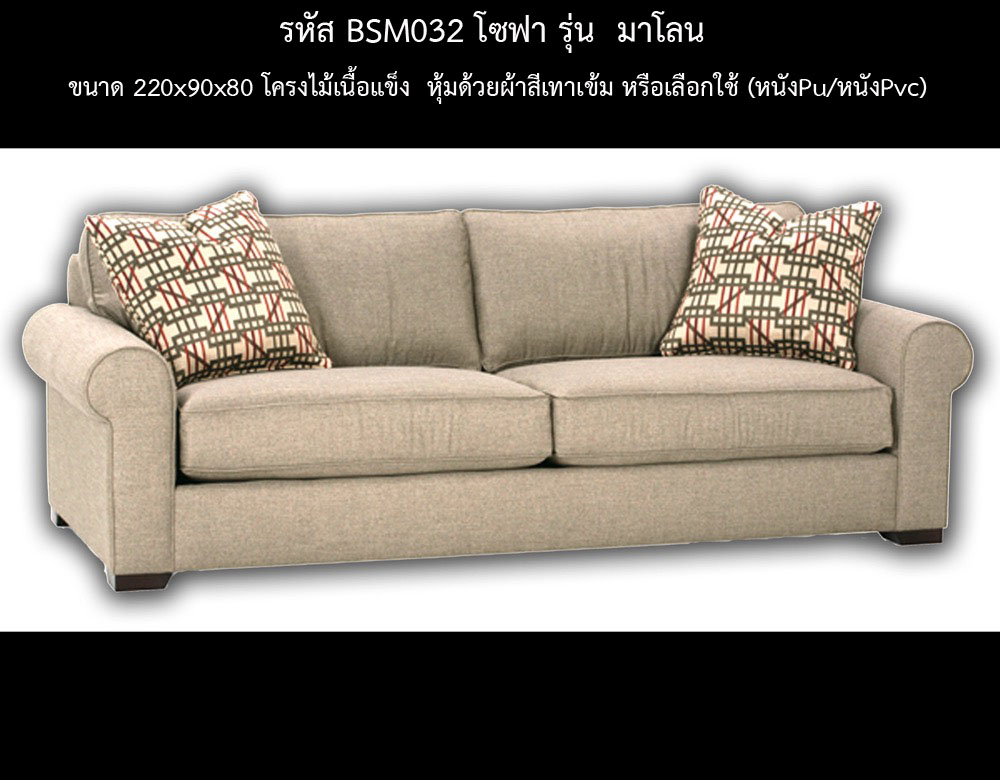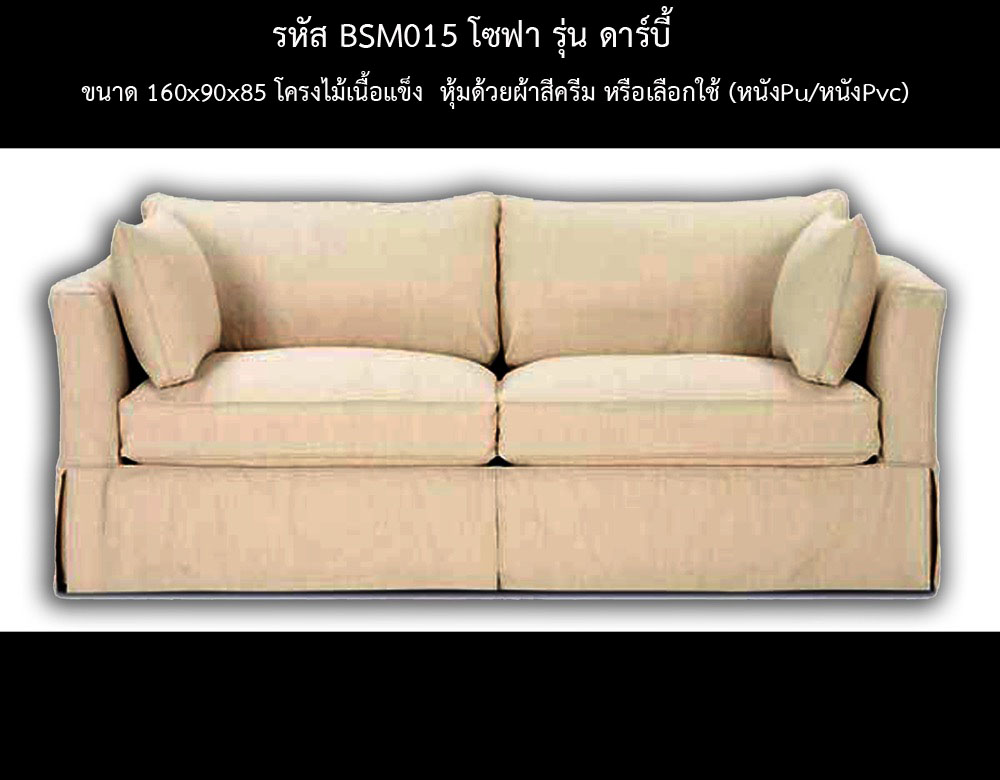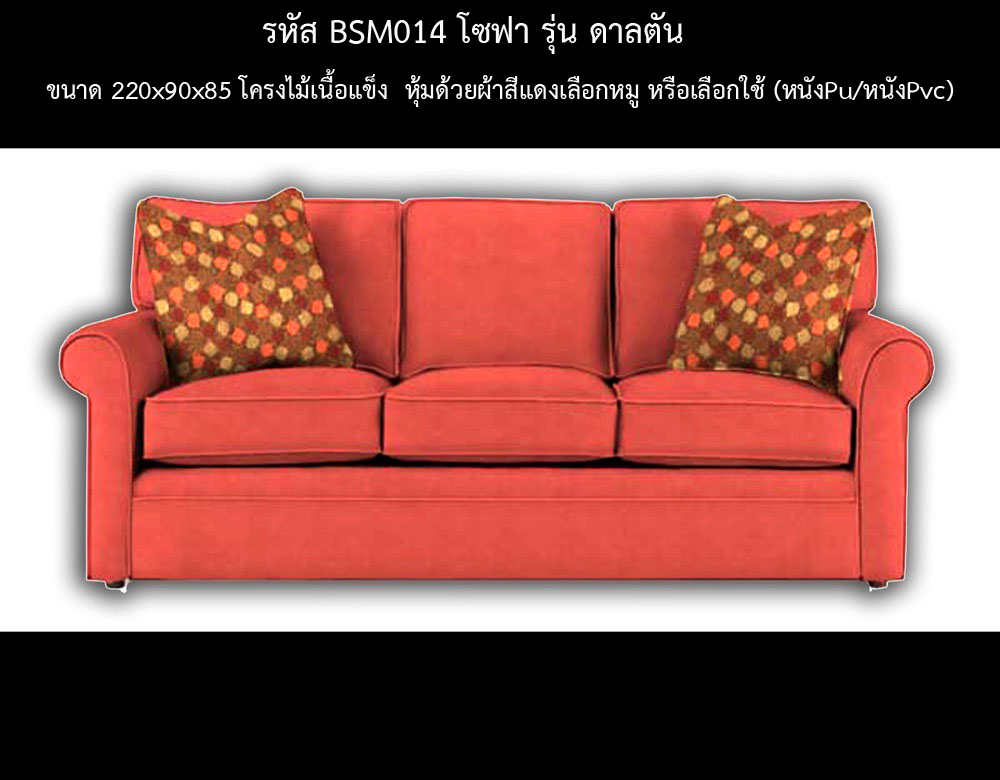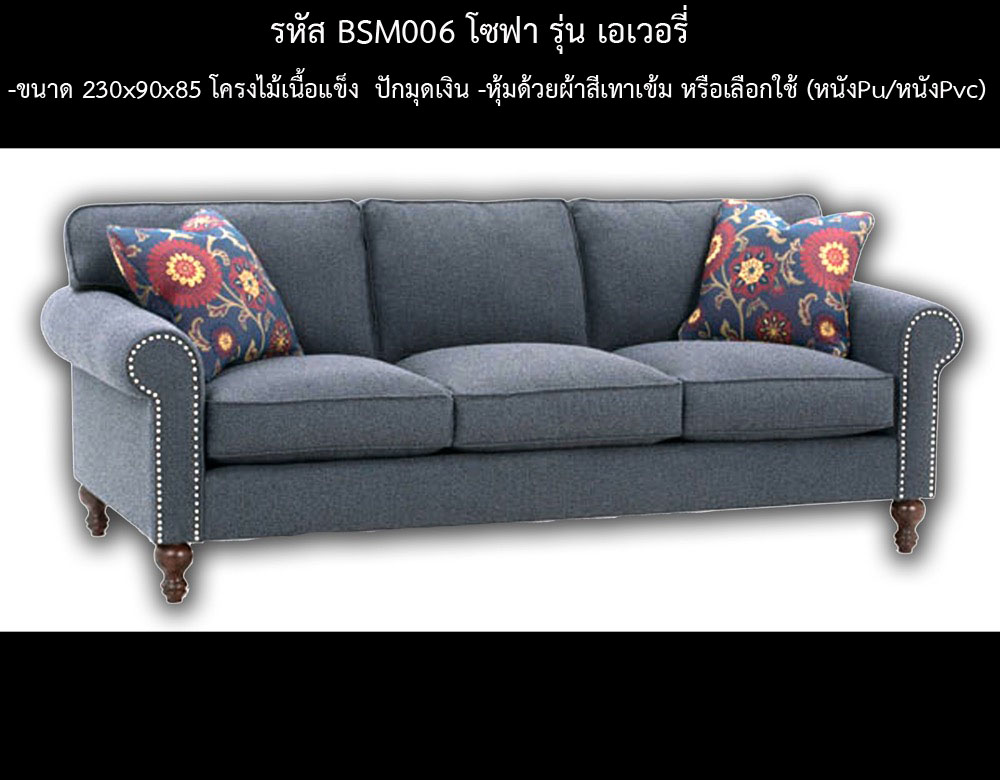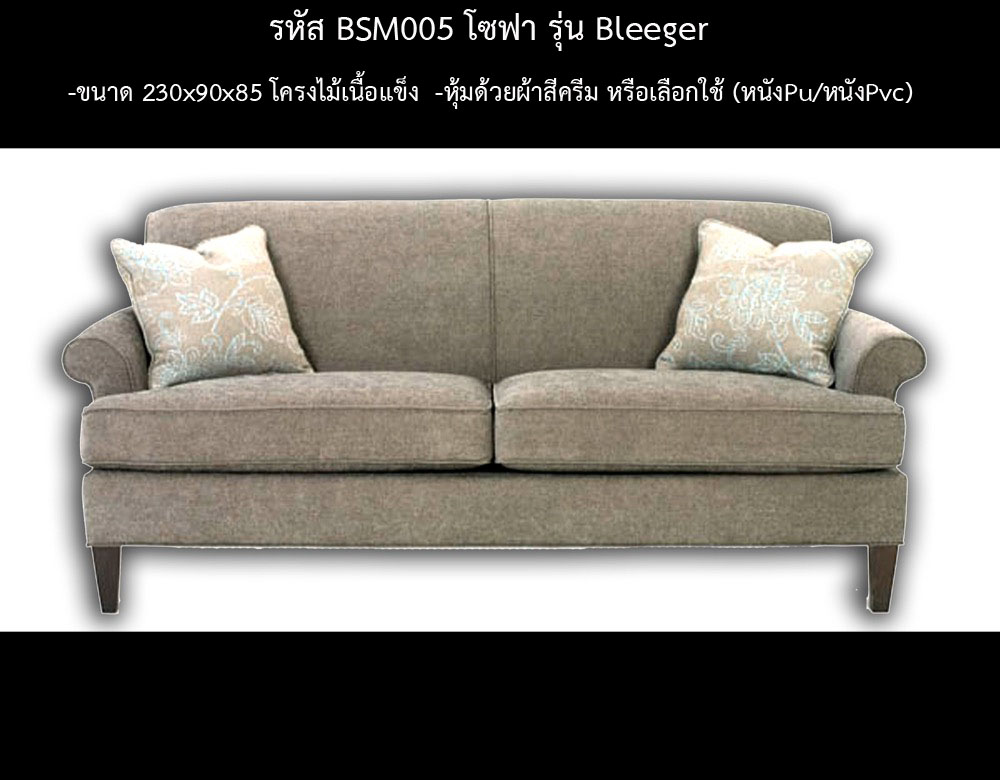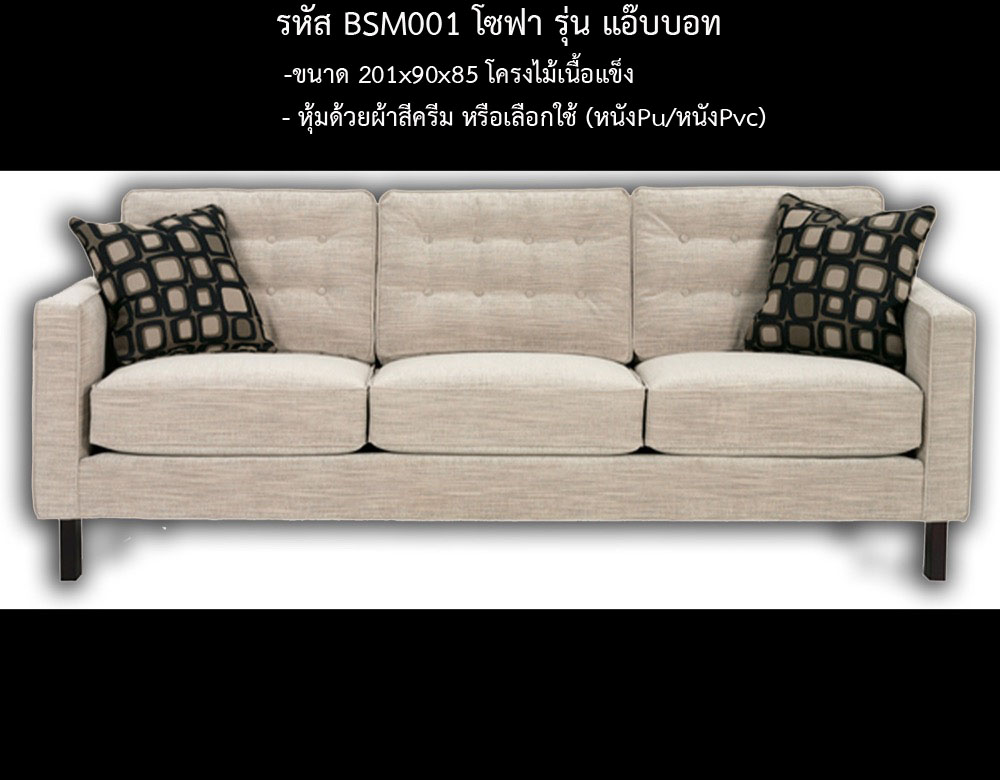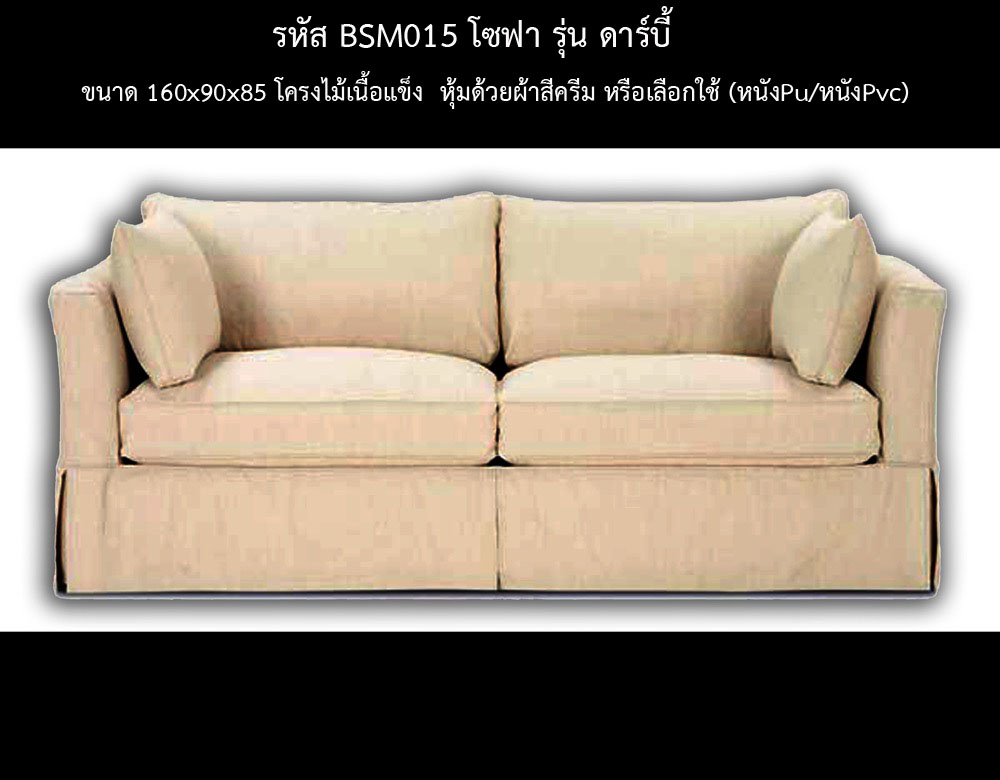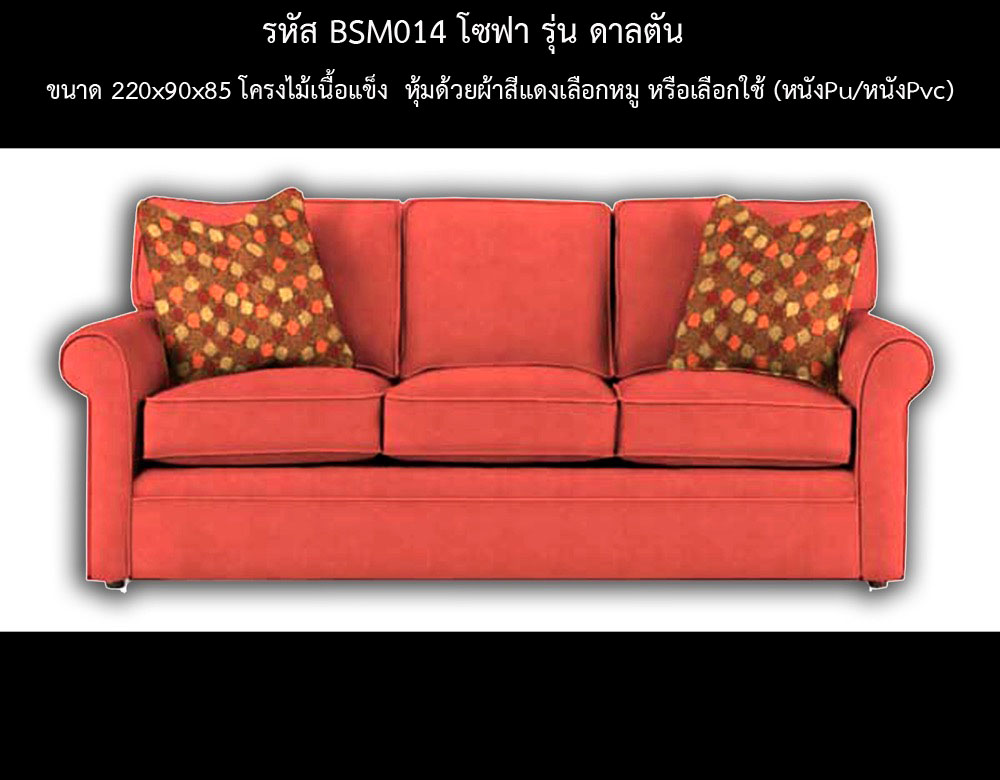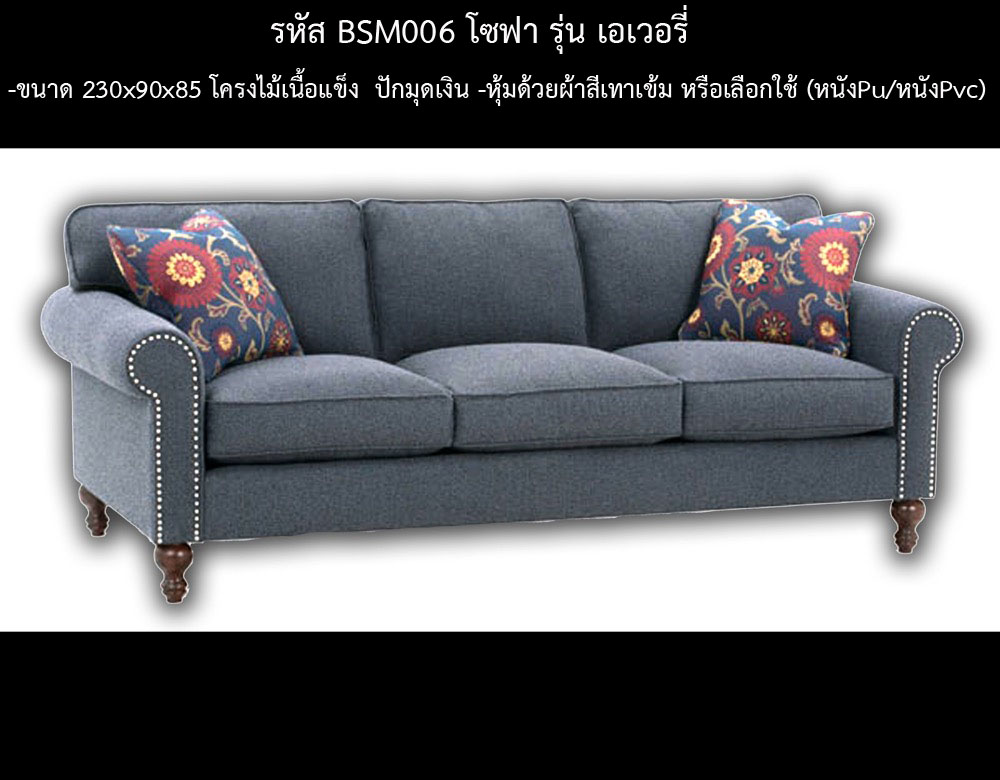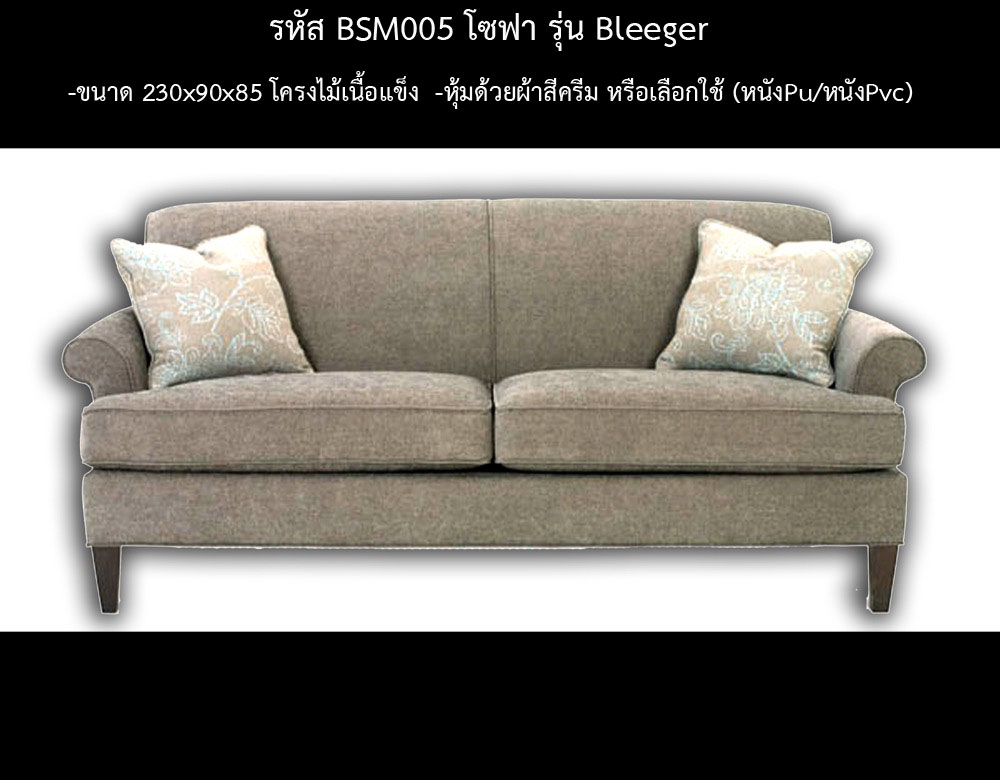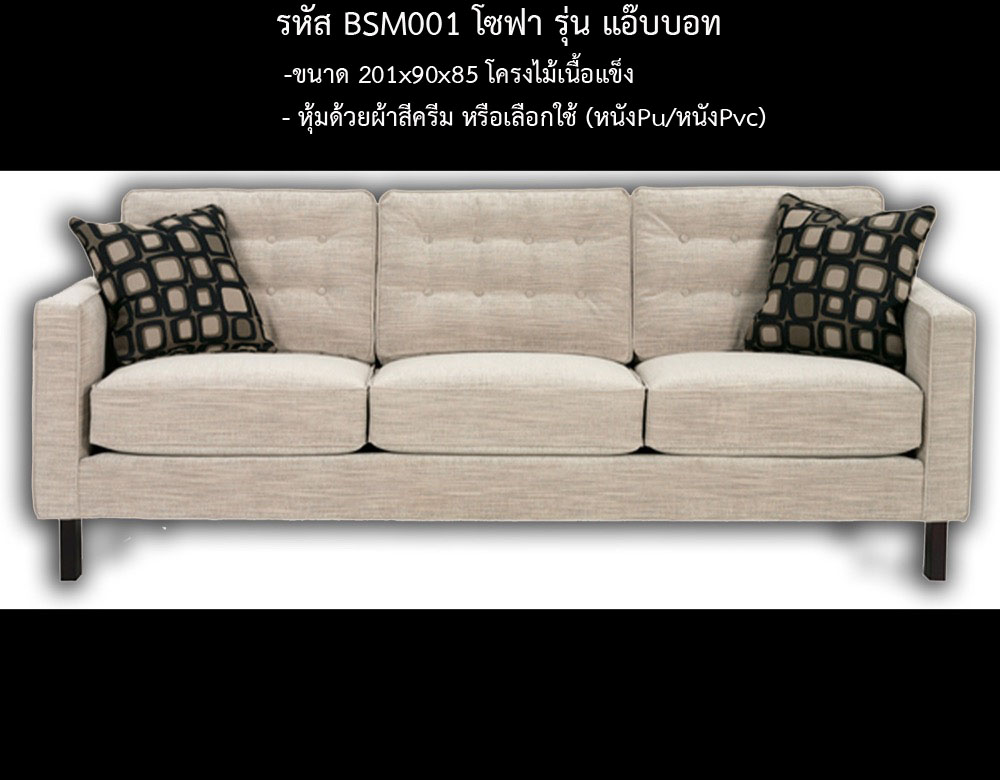News and Suggestions
Although the amount of mixed-race partners in america has nearly quadrupled since 1980, fairly small research has been done about where those couples reside — and especially, the degree of poverty inside their neighborhoods.
That dearth of information prompted Ryan Gabriel, a doctoral pupil in sociology during the University of Washington, to check out where mixed-race partners reside as an indication of these standing within the wider tradition.
Gabriel analyzed information on a representative sample of mixed-race couples surviving in urban centers in the united states and discovered that, aside from earnings degree, interracial partners with one black colored partner tended to reside in poorer areas than interracial partners with one white partner when compared with white partners. Mixed-race couples with white — not that is black had a tendency to are now living in low-poverty areas regardless of their earnings degree.
“The space between mixed-raced partners with white and black colored lovers inside their experience of poverty is striking,” said Gabriel, whom delivered their findings weekend that is last the United states Sociological Associations yearly conference in Chicago. “If theres a black partner, the publicity is straight away greater throughout the board, irrespective of your revenue degree.”
Gabriel utilized information between 1985 and 2009 through the Panel Survey of money Dynamics, a long-lasting research carried out by the University of Michigan that measures financial, social and wellness facets among US families. Gabriel only seemed at married or long-lasting partners with black or white lovers, simply because they comprise 97 % of all of the mixed-race partners, and dedicated to the degree of poverty when you look at the communities where those partners reside.
“Poverty is associated with conditions such as for example unlawful task, illness results and severe academic drawbacks,” Gabriel said. “By searching at neighbor hood poverty, it permits us to observe how mixed-race partners are faring in wider systems of racial stratification.”
Gabriels analysis unearthed that:
- Mixed-race couples with one black colored partner reside in areas with poverty amounts of 21 per cent an average of, weighed against typical prices of simply 9 per cent for white partners. Among mixed-race partners with black colored lovers, black-white partners lived in areas aided by the poverty levels that are lowest, around 16 per cent.
- Black-Latino and black-other partners (“other” suggests any cultural or racial team besides white or Latino) inhabit communities where about 18 % of residents had been bad.
- Of the mixed-race partners without black colored lovers, white-other and white-Latino partners encountered the cheapest degrees of neighbor hood poverty, at around 10 %.
- Income amounts varied broadly based on whether partners included black or white lovers — for instance, earnings when you look at the 10 th percentile hovered between $15,000 and $18,000 yearly for partners with one black colored partner, in contrast to $25,000 to $27,000 for couples that failed to add blacks.
Gabriel additionally desired to get the known quantities of neighborhood poverty that mixed-race partners encountered into the areas they relocated to. “The presumption here is if you’re able to avoid an unhealthy community, youre planning to attempt to,” he stated, describing their https://hookupdate.net/her-review/ rationale.
But among partners with comparable degrees of earnings and education, Gabriel unearthed that individuals with black colored partners relocated to areas with greater poverty compared to the places where couples that are white to go. The findings, he stated, claim that racial and cultural discrimination is current in the U.S. housing industry.
At the time of 2010, mixed-race couples that are married the usa, made nearly ten percent of this countrys hitched households, up from about 3 % in 1980. Not surprisingly development and a heightened acceptance of mixed-race unions, Gabriel stated their research underscores the disparity that is persistent whites and blacks in US culture.
“What this claims is the fact that while wedding between various racial and cultural teams has increased in the long run, there are gaps between whites and blacks as a whole,” he stated. “Mixed-race couples are really a barometer to evaluate relationships between whites and blacks, with whites tending to truly have the many advantaged outcomes and blacks the essential disadvantaged people.”




